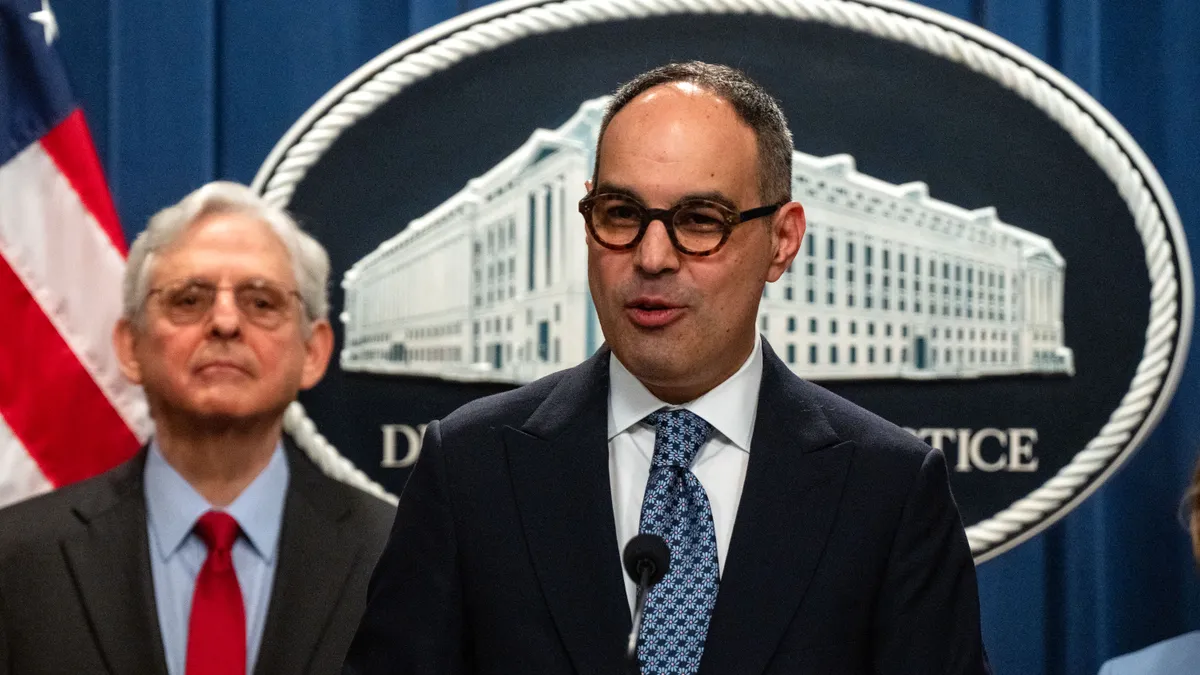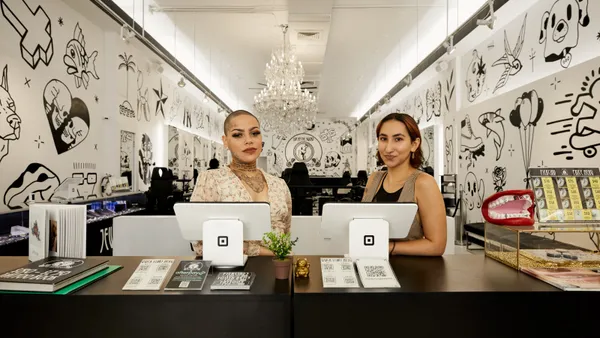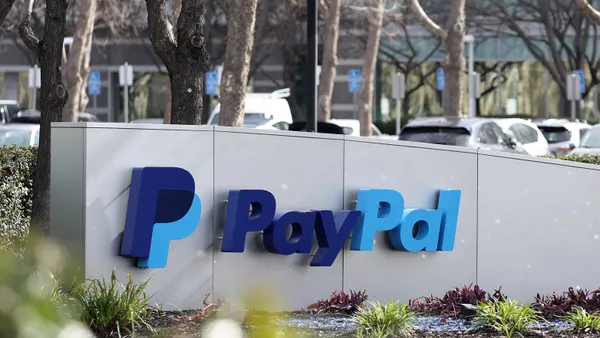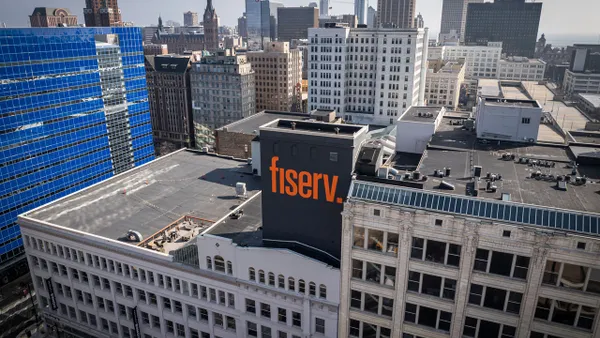Dive Brief:
- Over the next decade, global card fraud losses for issuers, merchants and acquirers will total $397.40 billion, according to the December 2022 issue of industry publication the Nilson Report. That’s down from the projection last year of $408.50 billion. U.S. fraud losses are expected to amount to $165.12 billion over the next 10 years; a Nilson Report spokesperson wasn't immediately able to provide last year’s U.S. projection. The figures include global brand, domestic and private label credit, debit and prepaid cards.
- Gross card fraud – expressed as a share of every $100 – continues to decline, due to improved industry efforts to combat such fraud, said Nilson Report publisher David Robertson. That figure in 2021, the most recent year available, was 6.6 cents globally per $100 in total volume, compared to 6.8 cents in 2020. Over the past decade, it peaked at 7.2 cents in 2016.
- “The industry’s getting better at fighting fraud through various means,” Robertson said, and “powerful, organized crime figures are going in another direction. They’re looking at more lucrative opportunities with less fraud-fighting headache, and that’s been in cryptocurrency and synthetic fraud.”
Dive Insight:
Card fraud losses globally amounted to $32.34 billion in 2021, about a 14% increase over 2020, when losses totaled $28.43 billion, according to the most recent report from Nilson. In the U.S. alone, 2021 fraud losses totaled $11.91 billion, an 18% increase over $10.09 billion in 2020.
By 2031, global fraud losses are expected to total $47.22 billion on total card volume of $73.86 trillion, the publication estimated. In the U.S. alone, fraud losses will reach $19.24 billion by 2031, with total volume tallying $19.38 trillion.
Those fraud loss increases are projected because card spending keeps growing, Robertson noted. Globally, volume on credit, debit and prepaid cards amounted to $48.96 trillion in 2021, up about 17% from 2020. In the U.S., total card volume tallied $11.27 trillion in 2021, up 20% over 2020.
But “the curve is bending,” with card fraud measured in cents per $100 continuing to trend downward, Robertson said. In the U.S., fraud losses were 10.6 cents per $100 in 2021, compared to 10.7 cents in 2020. A Nilson spokesperson wasn't immediately able to provide additional detail on how that figure has tracked in the U.S. over the past decade.
Card companies are using machine learning and artificial intelligence to improve their ability to fight fraud, meaning “the ability to spot new trends used by professional fraudsters is getting better all the time,” Robertson said. “It’s limiting the fraudsters’ ability to maximize their outtake, what they can extract from a business.”
That, in turn, has led fraudsters to move away from the card business and into newer arenas like cryptocurrency, which doesn’t have as many defenses against fraud, he said.
The U.S. was responsible for about 37% of global losses to fraud, although it only accounted for 23% of volume, the Nilson Report pointed out. The higher share of fraud losses attributable to the U.S. was partly due to a 25% jump in purchase volume on credit cards, following an 8.8% drop in 2020. “Outside the U.S., card spending is dominated by PIN-based debit card payments, which better protects against fraud,” the publication said.
Additionally, card-not-present transactions – which are more susceptible to fraud – continued to rise in the U.S. and contributed to the actual dollars lost to fraud, the publication noted. Card-not-present sales exploded during the COVID-19 pandemic’s e-commerce surge and that’s “really where fraud continues to grow,” Robertson said.
By card type, the vast majority of fraud in 2021 – $29.11 billion – occurred on global brands’ cards, which includes Visa, Mastercard, American Express, Discover/Diners Club, UnionPay and JCB, the Nilson Report said. That figure was about 16% higher that year than in 2020.
The other card types that made up a minority of the fraud in 2021 included: ATM cards not processed on major card networks amounting to $1.29 billion in fraud losses; domestic-only cards accounting for $1.26 billion; and private label cards issued by airlines, stores and other businesses with $67 million in losses.
Robertson also noted a drop in ATM fraud, as major card networks have become skilled at spotting that and swiftly contacting a bank to shut the schemes down. Private label cards that have been moved to Visa and Mastercard branded cards benefit from their enhanced fraud fighting capabilities, he said.











